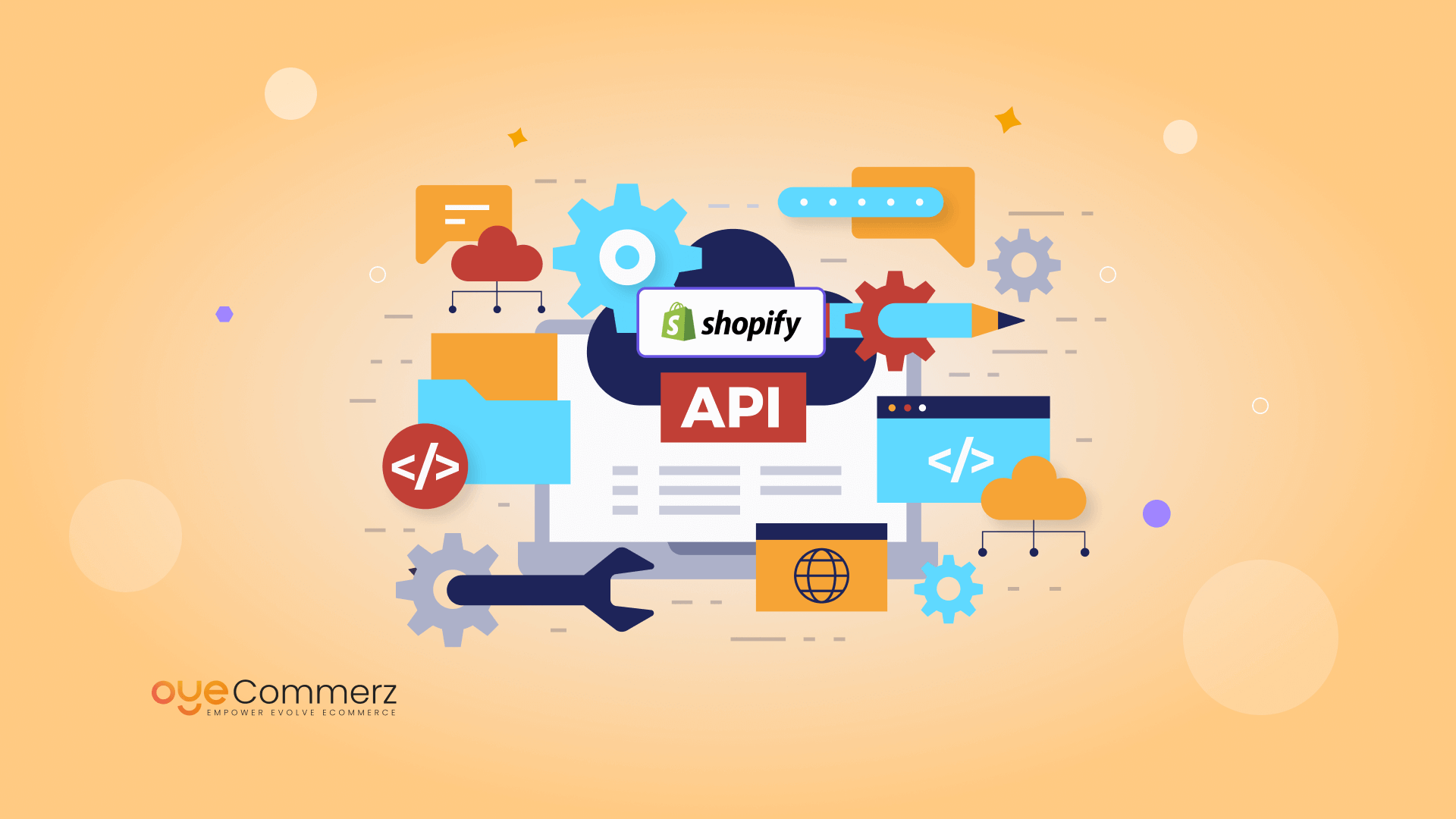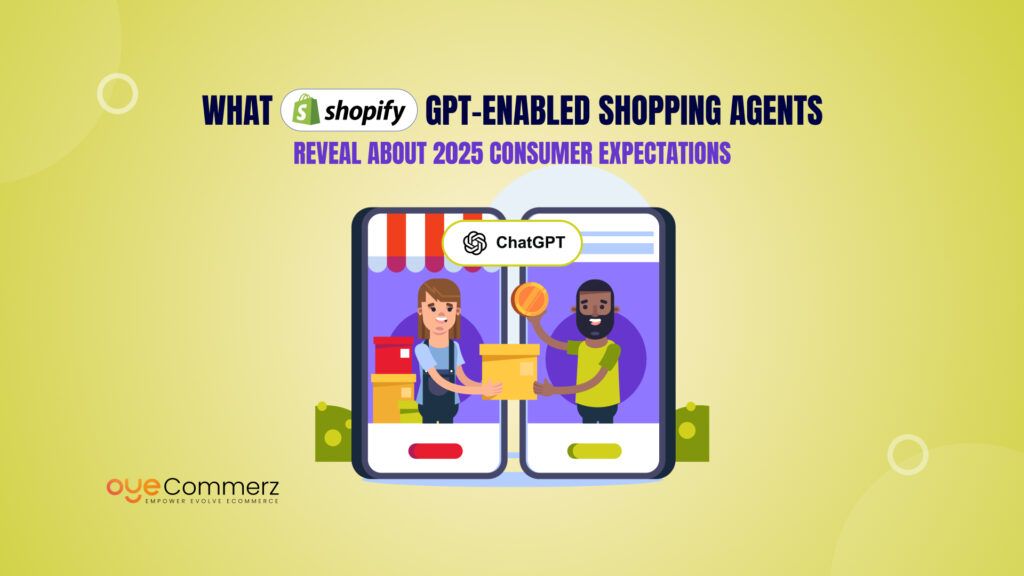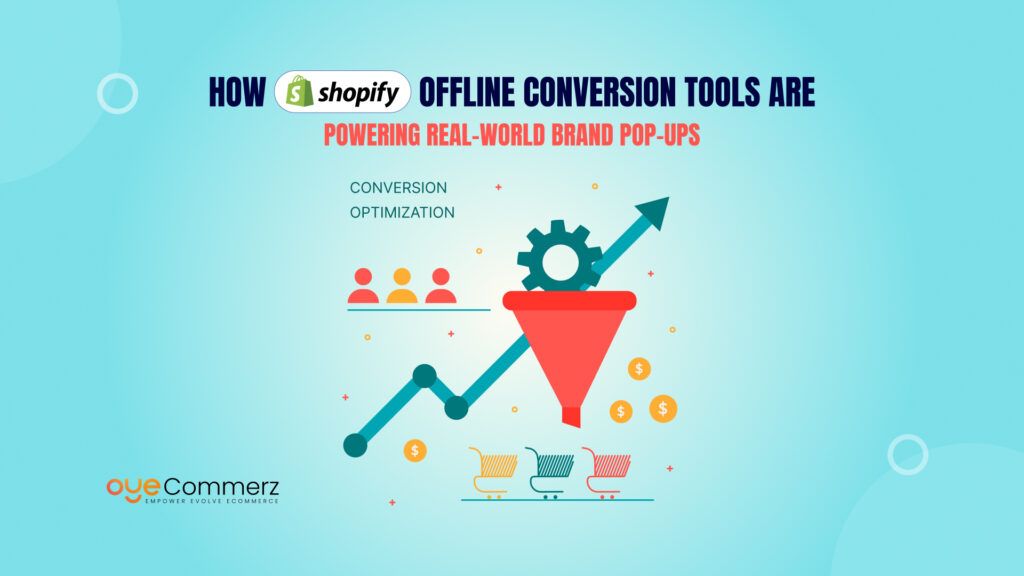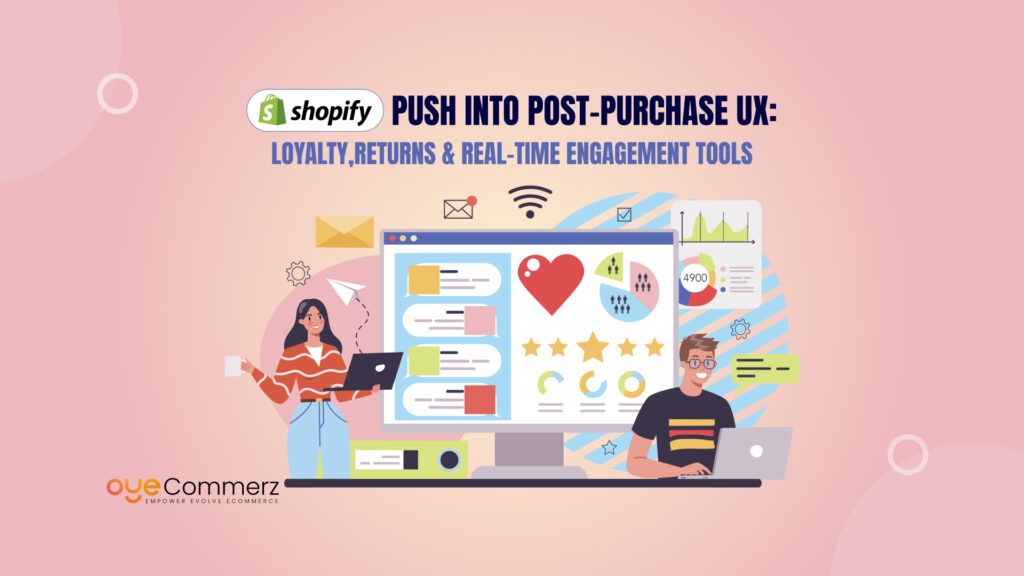With time and the growth of the business, there are ever-increasing requirements for managing the flow of information between e-business systems and other business solutions. Shopify stands as one of the leading eCommerce platforms currently in the market, and the platform has a solution through its API. This solution enables the functioning of the business to be enhanced and automated while, at the same time, providing tailored experiences for the customer. In this blog, some of the topics that will be covered include the advanced Shopify API integration, the advantages of these integrations, and how businesses can use these integrations to optimize their operations.
Table of Contents
ToggleShopify API enables businesses to integrate Shopify store with other tools and apps, automate operations, and develop unique solutions that suit a particular business. It may be about order processing automation, inventory management in real-time, customer experience personalization, and many others, and with all these advanced Shopify API Integrations, you can optimize operations and increase the performance of your eCommerce business.
In this guide, we will be demystifying everything that you would require to know regarding mastering Shopify API integration in a bid to have your business operations perfectly streamlined.
Explaining Major Concepts of Shopify API
Introducing integration strategies is possible only after considering the basic elements and ideas connected with the Shopify API. Fundamentally, the role of API is to serve as a middleman between your Shopify e-commerce store and other applications that you integrate into it.
Here are some foundational terms you need to know:
- API Tokens: These are similar to API Keys where you are providing the necessary authorization for an application or a system that is outside the Shopify store to engage with your store. Such tokens are needed to protect the communication between various platforms.
- API Endpoints: Objects are particular components of your store whereas the API works with, for instance, products, orders, or customers. Every endpoint is responsible for, let’s say getting or putting some data.
- Webhooks: Webhooks are messages or notifications from one system to another system that occur as an event happens. For instance, when an order has been made, Shopify can automatically alert your inventory application to adjust the stock.
- REST and GraphQL APIs: Basically, there are two APIs in Shopify which are REST APIs as well as GraphQL APIs. REST API tends to be simple and easy to use while GraphQL makes it even better and efficient where only the necessary data is fetched in a single query.
Familiarity with these fundamental concepts will enable you to work comfortably with the API documentation and select the most appropriate integration strategies.
According to a 2023 survey by Cloud Elements, 83% of businesses view API integration as critical for their business strategies, and 58% have already adopted API-driven platforms to streamline their operations. For e-commerce, these APIs are essential for achieving agility, automating processes, and scaling smoothly .
The Benefits of Integrating Shopify API for Your Business
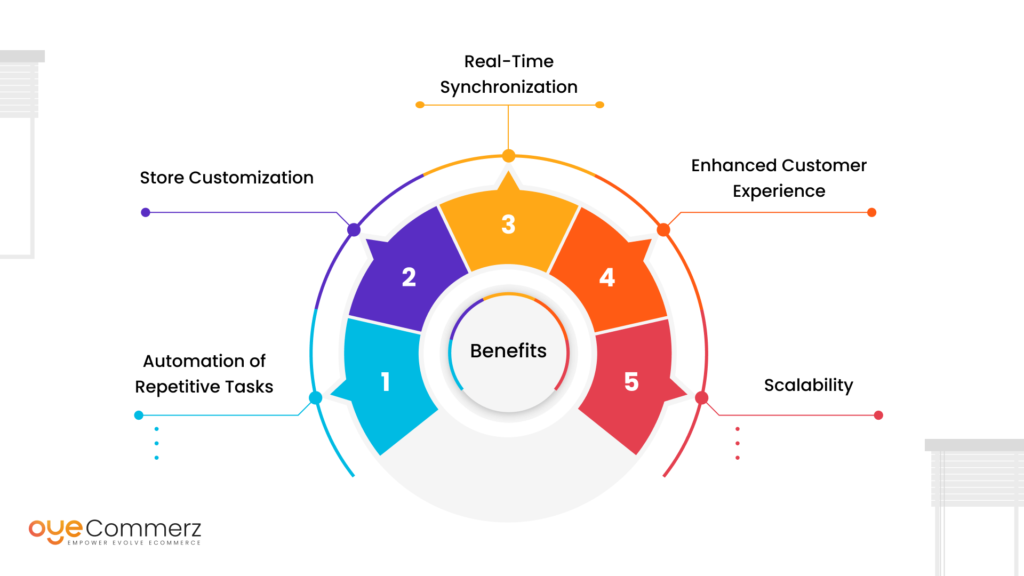
So now that we have defined key concepts let us look at how API-driven Shopify enhancements can help your business. Using the Shopify API comes with many benefits which solve most of the challenges that young eCommerce stores encounter.
Automation of Repetitive Tasks
The essence of using Shopify API is that it saves a lot of time especially where there are repetitive activities. All the operations like inventory management, order processing, or notification of customers can be done so that the user does need not to handle the business manually.
Store Customization
Shopify has a lot of its native functionalities, and, while they can readily be adapted for use, they can often lack particular features that may be desirable to a particular business. Shopify API allows businesses to create more solutions for customizing the shopping experience according to company and customers. This could even extend to such areas as unique customer experiences and unique checkout procedures.
Real-Time Synchronization
For companies that operate across various applications including, ERPs, CRMs, or accounting apps, optimized Shopify API connections allow for immediate updates. This is true, especially for inventory, customers’ data, and order information to ensure that consistency and updated information are achieved across all systems.
Enhanced Customer Experience
From the API it is possible to offer special offers, individual prices, or custom alerts, which as a result increases customer satisfaction. This way, using the API means being able to expand from the basic, one solution for all, and provide customers with exciting interactions.
Scalability
Since your business evolves, transactions in Shopify API result in the operations being able to grow to the next level without necessarily redesigning systems. From processing more and more orders to integrating with enterprise-level software, the API allows for future scalability.
Setting Up Your Shopify API: Step-by-Step Guide
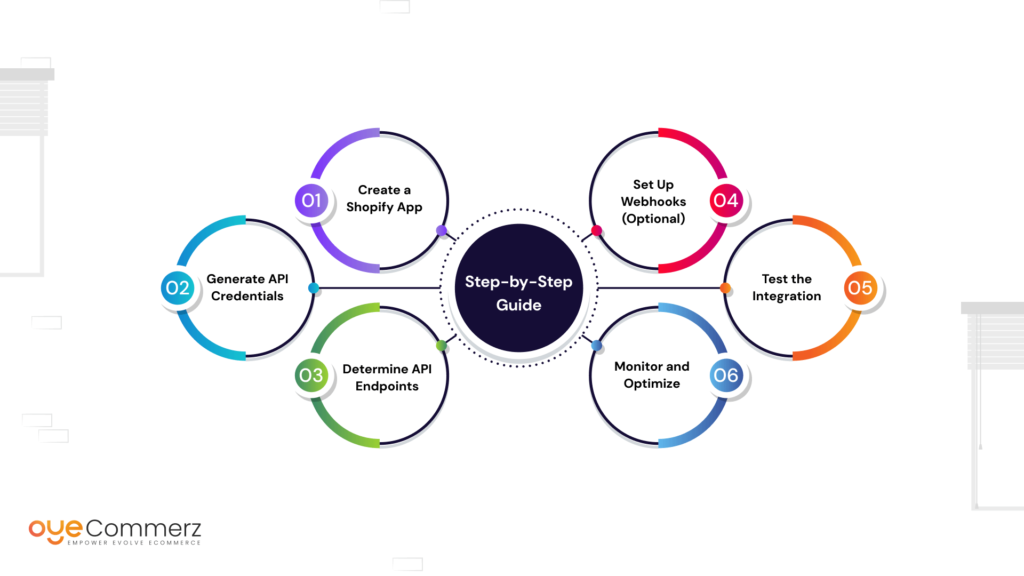
The general configuration of the Shopify API may appear to be a rather challenging task at this point; however, the implementation of the guidelines provided in this paper will facilitate the process. Here’s a step-by-step guide:
Create a Shopify App
First of all, you have to create a private/custom app in your Shopify admin panel to begin using the API. It will be this app’s role to establish a connection with the API and make the relevant calls. To start with, go to “Apps” and select “Develop Apps”.
Generate API Credentials
When you have developed your app, Shopify will provide API credentials which include the API key, secret key, and access token. These credentials are what external applications will utilize to interact with your store.
Determine API Endpoints
Determine which aspects of the store the integration will have to work with— product, orders, customers, etc There is a list of all the available endpoints in the Shopify API. If you need only JSON data retrieval, go for REST API, other than that prefer GraphQL.
Set Up Webhooks (Optional)
If you wish to receive change notifications as and when some events occur (for instance, placing new orders), Webhooks permit this and directly alert other systems or applications.
Test the Integration
Unlike what we have seen when you embark on integrating social media with the website, make sure that the integration is done in the test environment to confirm its availability. This makes sure that an API is functioning properly, and that there are no hitches in your store’s operation.
Monitor and Optimize
After going live it is crucial to periodically check the performance of your API integration. Do not forget to deal with such concerns as rate limiting, and design with scale in mind as your store grows.
Best Practices for Secure and Efficient Shopify API Integration

To ensure your API solutions work effectively and securely, follow these best practices:
Employ OAuth to Enhance Authentication Security
- In the case of the third-party app integration, use OAuth only as it is secure and works based on the tokens. This is some protection to your store from access from individuals who do not have a legitimate business to do.
Respect API Rate Limits
- Just like other platforms, Shopify too has set its API request rate limits so that the servers are not overwhelmed. In case these limits are exceeded, your API calls might be temporarily blocked. Be cautious while planning API calls and try to query your data in such a way that does not lead to crossing these thresholds.
Data Backup and Logging
- It is wise to create a backup copy of every document before they are integrated to minimize data loss. Also, record API requests and responses comprehensively and keep them to optimize auditing and debugging.
Test and Update Regularly
- Another concern that arises with Shopify is that it changes its API versions and ensures that your integrations are compatible with it. The general result of regular testing and maintaining your API will always ensure that it does not possess compatibility problems as well and will always be in a position to reduce on time of down times.
Shopify API Evolution and What to Expect
Shopify API is dynamic as Shopify is always upgrading the applications and features of the software for the benefit of the businesses. As we look into the future, users can anticipate the API to continue to provide more specific integrations with Shopify processes and add more value to e-commerce management.
Some future trends to watch include:
- Advanced AI and Machine Learning Solutions
We expect AI to play an even more extended role in Shopify and help businesses use machine learning algorithms for inventory predictions, customized marketing, and adaptive pricing.
- Extended API Utility for International Trade
With more companies expanding into global markets, it can be expected that Shopify’s API will expand to accommodate multi-currency, multi-language, regional taxation, and the shipping processes that come with operations in another country.
- API-driven Omnichannel Solutions
The key development of the future of eCommerce is omnichannel. Special consideration will also be given to how Shopify will integrate these channels, and the API will be of significance in creating a smooth workflow in allowing customer interactions in the physical store, in marketplaces, and on social media platforms.
Unlock Seamless Integration with OyeCommerz!
OyeCommerz specializes in tailored Shopify integrations that streamline your business processes and boost efficiency. Oyecommerz Shopify integration team of experts will guide you through the setup, optimize your API solutions, and ensure smooth, automated operations. Say goodbye to manual tasks and hello to real-time data synchronization and customized store experiences.
Elevate your Shopify store today—contact OyeCommerz to discover how our API-driven Shopify enhancements can drive your success.
Maximize efficiency with professional Shopify integration services
Conclusion
The highest level of Shopify API understanding is crucial for the maximum effective unlocking of your company’s possibilities. All of these ranging from automating simple manual tasks to developing unique shopping experiences are made possible by ecommerce platform API. As Shopify grows even further, those who put effort and time into mastering how API integrates will always win and offer a superior experience to customers.
If you are up for it and willing to improve your store with API-integrated enhancements on Shopify, then getting in touch with Shopify developers specializing in custom Shopify integration will be the best thing to do. Whether your goal is to streamline some processes, enhance the interaction with the customers, or develop some specific functionality, selecting the right API solutions will pave the way for the business’s future growth.

